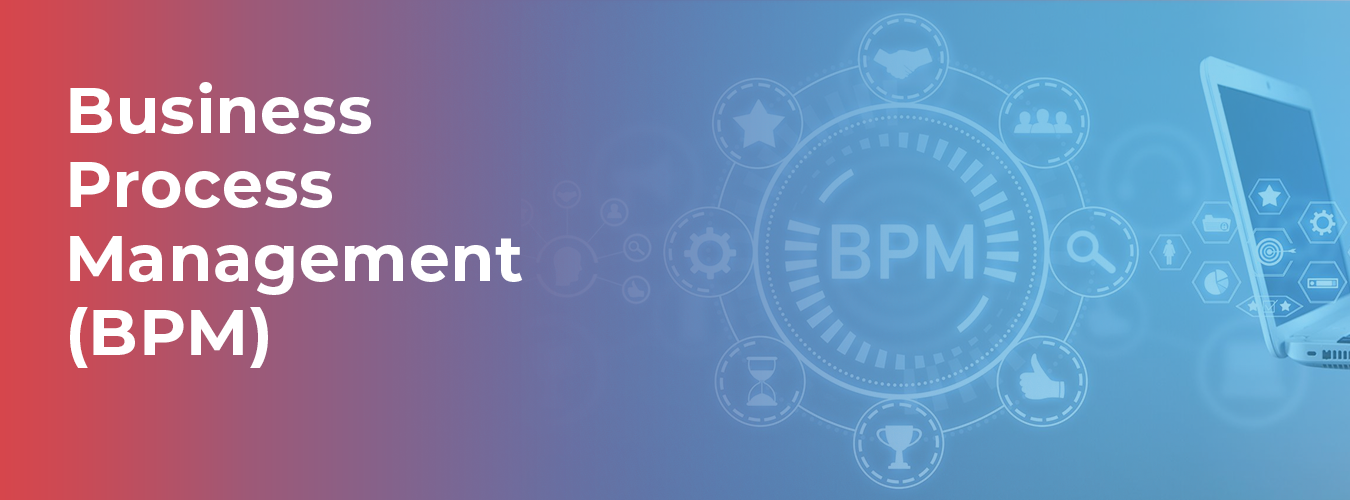A machine learning or AI model that behaves like a human requires a large amount of training data. Consequently, training a model to understand specific information is necessary for it to make decisions and take action. In particular, machine learning and deep learning algorithms rely heavily on data. These algorithms must be complex and sophisticated to perform at their best. However, a properly structured and labeled dataset is crucial for building a reliable AI model. Thus, data annotation becomes important.
Data annotation is simple in concept, yet it can be challenging in practice. Therefore, we’re about to walk you through this process and provide you with a few tips to save you a lot of time (and trouble!).
What is Data annotation?

Data Annotation labels individual training data elements (text, images, audio, or video) to make machines understand their meaning. Using this annotated data, models are trained. In addition to being used for quality control, annotation takes part in the larger data collection process. Data that have been annotated become ground truth datasets and are used to measure model performance. Annotating data becomes even more critical when dealing with unstructured data such as text, images, video, and audio. Most models are trained via supervised learning, which relies on humans annotating training data.
Types of Data Annotations
Various data types, such as text, audio, images, semantics, and video, are available.
Text Annotation
In-text annotation, labels, or metadata are added to the language data to provide relevant information. Notably, text datasets contain a tremendous amount of information. As a result, in text annotations, individual elements of the data are segmented so that machines can recognize them individually.
Image Annotation
Image Annotation is essential for many applications, including computer vision, robotic vision, facial recognition, and solutions relying on machine learning to interpret images. To train these solutions, it is necessary to assign metadata to the photos as identifiers, captions, or keywords. Machines can understand what elements are present in an image by annotating it.

Audio Annotation
Audio Annotation involves transcription and time-stamping of speech data, including pronunciation, intonation, and identification of language, dialect, and speaker demographics. Some use cases require a specific approach, such as tagging aggressive speech indicators and non-speech sounds like glass breaking for security and emergency hotline applications.
Video Annotation
Video annotation works similarly to image annotation – single elements within frames of a video can be identified, classified, or tracked across frames using Bounding Boxes and other annotation methods. In video annotation, single parts within the boundaries of a video are identified, organized, or even tracked across multiple frames using bounding boxes and other annotation methods.
Semantic Annotation
Additionally, semantic annotation improves product listings and ensures customers can find what they want. Since words can have very different meanings depending on the context and the domain of use, semantic annotation provides that extra context for machines to truly understand the intent behind the text.
Here’s what Macgence can do for you
Macgence has been annotating data for over 3 years. With our human-assisted approach and machine-learning assistance, we provide high-quality training data. The annotation capabilities of our platform will enable you to deploy AI and machine learning models at scale. We offer text annotation, image annotation, audio annotation, semantic annotation, and video annotation services.




